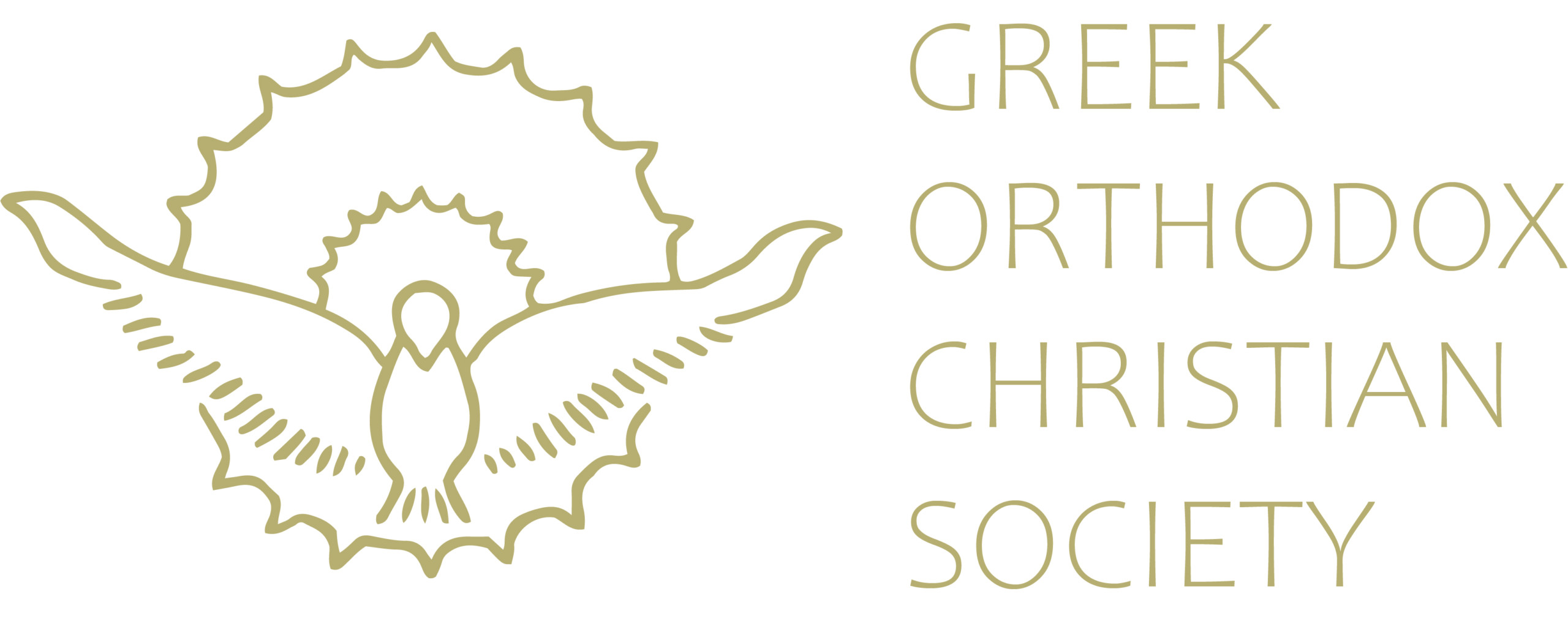Adorning the Epitaphio
Holy Week is an intense week of services, day and night. We live the Passion of our Lord and Saviour, His trials, mockings, the Cross, His death, burial and Resurrection.
On Good Friday, we commemorate the death and burial of Christ. There are three services: firstly, the Royal Hours which are read on Friday morning, consisting mainly of readings from the Psalms and prophecies.
Immediately after this, it is the tradition for women and girls to prepare the funeral bier, known as the Kouvouklion. They adorn this wooden structure with beautiful flowers as it will hold the Epitaphios. This is a large icon richly embroidered on a cloth that depicts Christ after he has been removed from the cross, accompanied by Panagia and others as told in the Gospel account.
The name, Epitaphios, literally means ‘winding-sheet’. It is common for the troparion of the day to be embroidered around the edges of the icon:
The Noble Joseph, taking down Thy most pure Body from the Tree, did wrap it in clean linen with sweet spices, and he laid it in a new tomb.
The Kouvouklion is placed in the middle of the solea in front of the Holy Doors. During the afternoon service, known as the Apokathelosis, which commemorates Jesus’ burial, the priest proceeds around the church holding the epitaphios above his head and laying it down inside the Kouvouklion. He places the Gospel next to it and the faithful approach reverently one by one to bow down deeply and venerate both.
A hymn on this day tells us: Come, let us see our Life, lying in the tomb. He is there so that He may give life to those who lie in the graves.
Also, another: O Christ, who holds the whole world in Your hand, You accepted to be held in the sepulchre, so that You might rescue humanity which was swallowed by Hades, and, as immortal God, give us life and immortality.
Source: Lychnos February/March 2018
